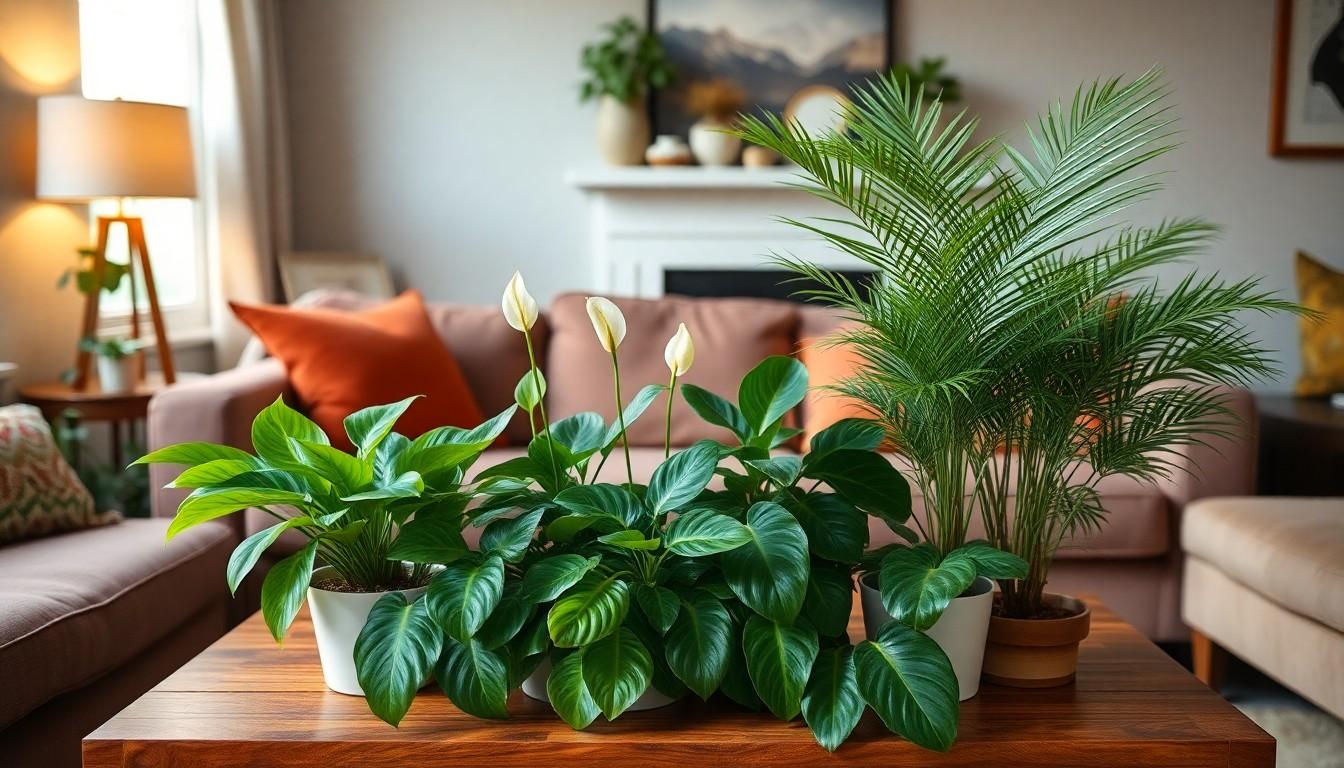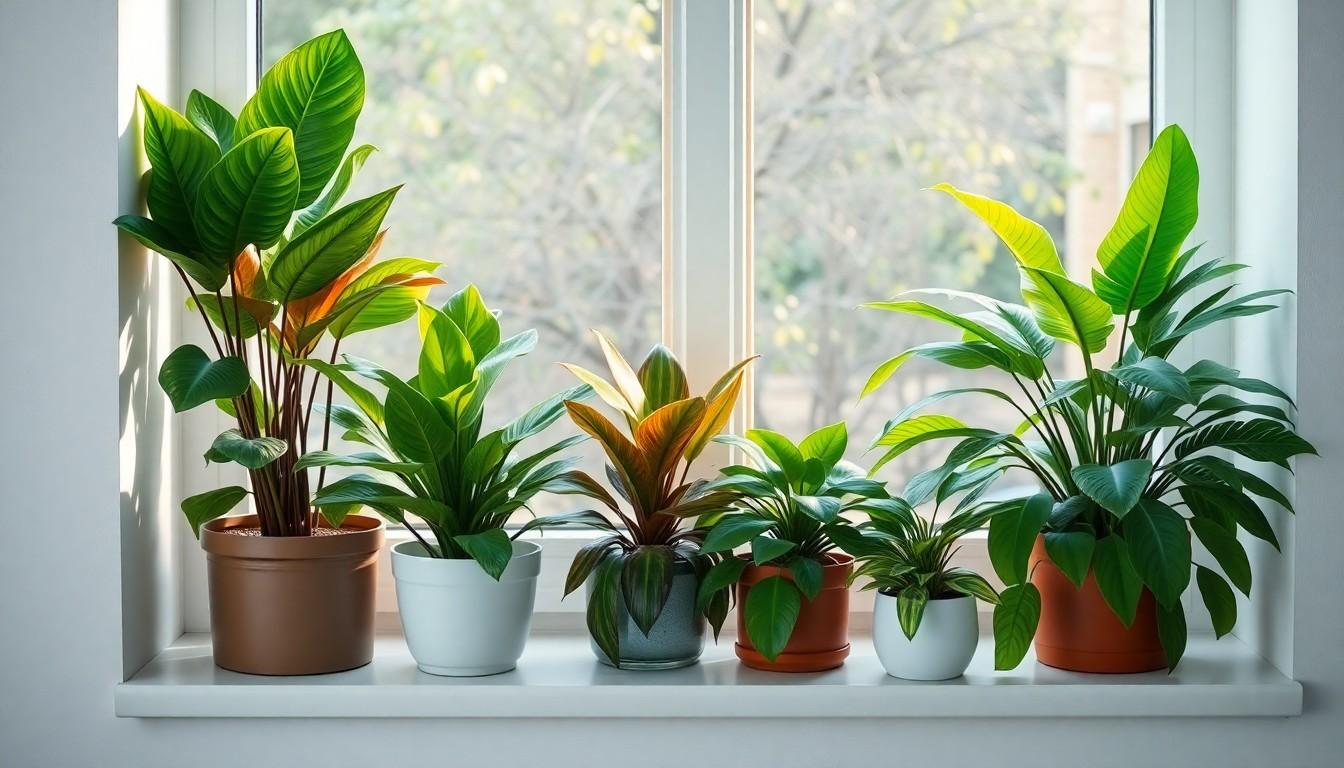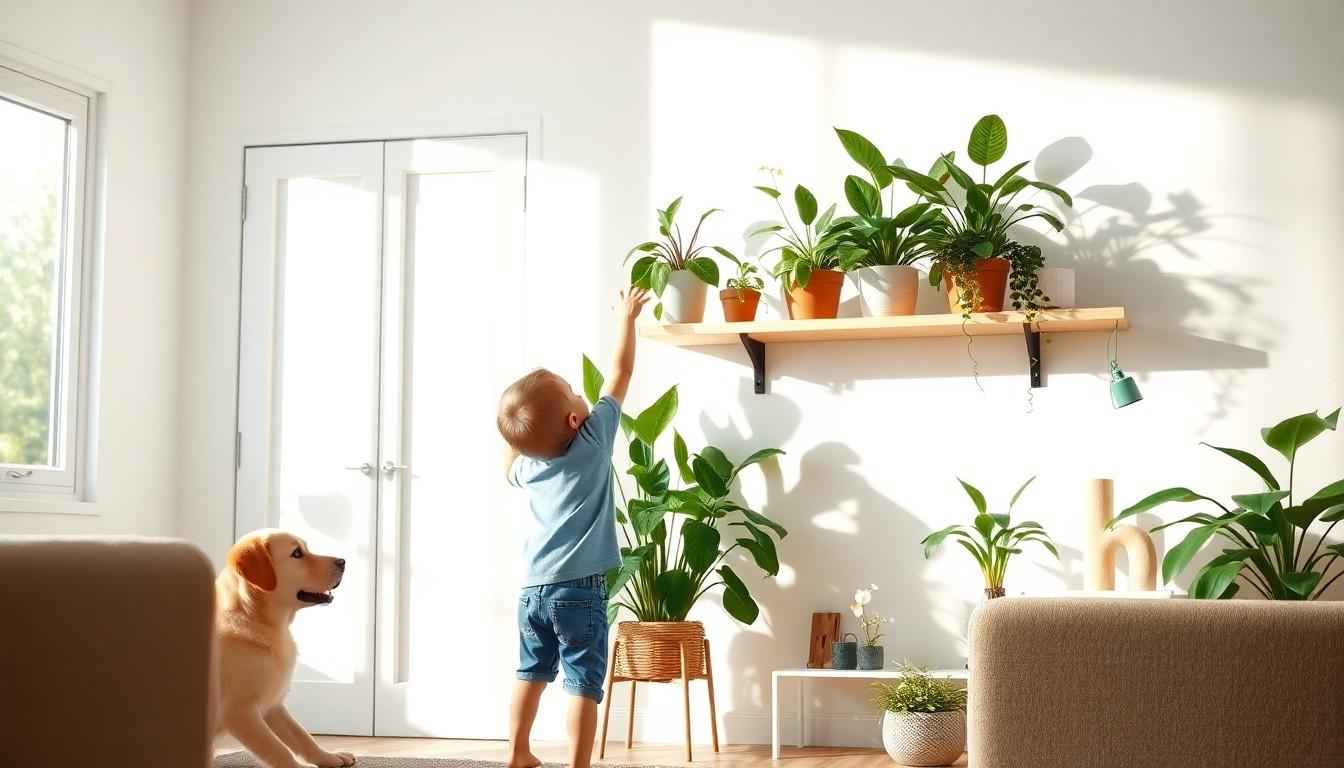Bringing greenery into the home is a fantastic way to liven up any space, but not all plants are as friendly as they seem. Some houseplants come with a hidden agenda—poisonous leaves and toxic sap that could turn your cozy abode into a botanical villain’s lair. Who knew that your beloved pothos could be plotting against your furry friends or that your charming philodendron might have a dark side?
Overview Of Toxic House Plants
House plants often brighten interiors but may pose serious health risks. Many widely-loved species contain toxins harmful to pets and humans. For example, pothos and philodendron, known for their lush foliage, contain calcium oxalate crystals that can lead to oral irritation and digestive issues if ingested.
Another common offender, the peace lily, produces calcium oxalate as well, causing similar reactions and posing threats to both cats and dogs. Even spider plants, typically considered safe, can exhibit mild toxicity through non-debilitating reactions.
Azalea and oleander, while less common as house plants, can inflict severe consequences. Ingesting any part of these plants can lead to heart complications or even death. Similarly, the castor bean plant contains ricin, a deadly toxin that can induce severe gastrointestinal distress.
Parents and pet owners must remain vigilant. Familiarity with the toxic properties of specific plants can prevent accidents. Identifying key symptoms, such as drooling, vomiting, or lethargy in pets, becomes vital for timely responses in case of exposure.
Educating oneself about plant toxicity holds importance. Resources like the ASPCA’s list of toxic and non-toxic plants serve as references for safe choices. By selecting non-toxic varieties, such as spider plants or bamboo palms, individuals can enjoy greenery without the associated risks.
Common Types Of Toxic House Plants

Certain houseplants can present hazards despite their beauty. Awareness of these plants is crucial for maintaining a safe environment.
Popular Toxic Varieties
Pothos and philodendron frequently appear in homes, yet both contain calcium oxalate crystals that trigger oral irritation and digestive distress. The peace lily, while attractive, poses similar risks, causing swelling and pain if ingested. Oleander’s toxicity extends beyond mere discomfort, as it can result in severe heart complications or death. Azalea also poses a significant risk, causing gastrointestinal distress and potentially leading to more serious health issues. Cat owners should be especially cautious, as these popular varieties attract curiosity from pets.
Less Known Toxic Plants
Christmas cactus ranks among the lesser-known toxic houseplants, with exposure leading to mild irritation and upset stomach. The sago palm, while beautiful, contains cycasin, which can result in liver failure if ingested. Another plant, the castor bean, hides a serious threat, carrying the toxic ricin that can be fatal. Cast Iron plant has gained popularity but carries mild toxicity as well, potentially causing nausea. For those who enjoy greenery, understanding these risks prevents unfortunate incidents within the household.
Symptoms Of Plant Poisoning
Recognizing the symptoms of plant poisoning helps prevent severe health issues. Symptoms can vary between pets and children but often include gastrointestinal distress, lethargy, and unusual behavior.
 Signs In Pets
Signs In Pets
Pets frequently exhibit signs like drooling, vomiting, and diarrhea after ingesting toxic plants. Difficulty swallowing or pawing at the mouth indicates oral irritation from plants like pothos or philodendron. Additionally, increased thirst and changes in appetite suggest trouble. Unusual lethargy or disorientation may signal more serious reactions, particularly with plants such as oleander and azalea. For pet owners, immediate veterinary consultation becomes crucial upon observing these symptoms to ensure prompt treatment.
Signs In Children
Children may show different signs when exposed to toxic plants. Symptoms often include stomach pain, vomiting, and diarrhea, especially after consuming plants like peace lilies or sago palms. A child might also experience mouth irritation, leading to drooling or difficulty swallowing. Common behavioral changes can include irritability or lethargy, signaling a potential reaction. If a child exhibits these symptoms, seeking medical advice is essential to address any potential poisoning effectively.
Safety Precautions
Awareness of toxic houseplants significantly reduces risks. Individuals should understand specific plants that pose dangers to pets and children.
Choosing Safe Plants
Selecting non-toxic plants remains crucial. Researching plant varieties ensures safety. Popular non-toxic options include spider plants, Boston ferns, and areca palms. These selections provide beauty without health risks. Using resources like the ASPCA’s list of toxic and non-toxic plants aids in making informed decisions. Consulting this information strengthens the home environment’s safety. Families gain peace of mind by opting for safe plant species.
Proper Placement And Care
Proper placement of houseplants enhances safety. Keeping toxic plants out of reach prevents accidental ingestion. High shelves and hanging pots work well for potentially harmful varieties. Family members should also maintain a routine check on plants. Pruning and cleaning plants reduces potential hazards. Educating children about plant safety fosters awareness and prevents mishaps. Addressing plant care regularly keeps environments safe and enjoyable.
Conclusion
Awareness of toxic houseplants is essential for maintaining a safe home environment. By understanding the potential dangers of popular plants like pothos and peace lilies, individuals can make informed choices that protect their families and pets. Opting for non-toxic varieties not only enhances home decor but also ensures peace of mind.
Educating children about plant safety and keeping harmful plants out of reach are simple yet effective strategies. Regularly checking on plants and consulting reliable resources can significantly reduce risks. With careful planning and knowledge, it’s possible to enjoy the beauty of greenery without compromising safety.

